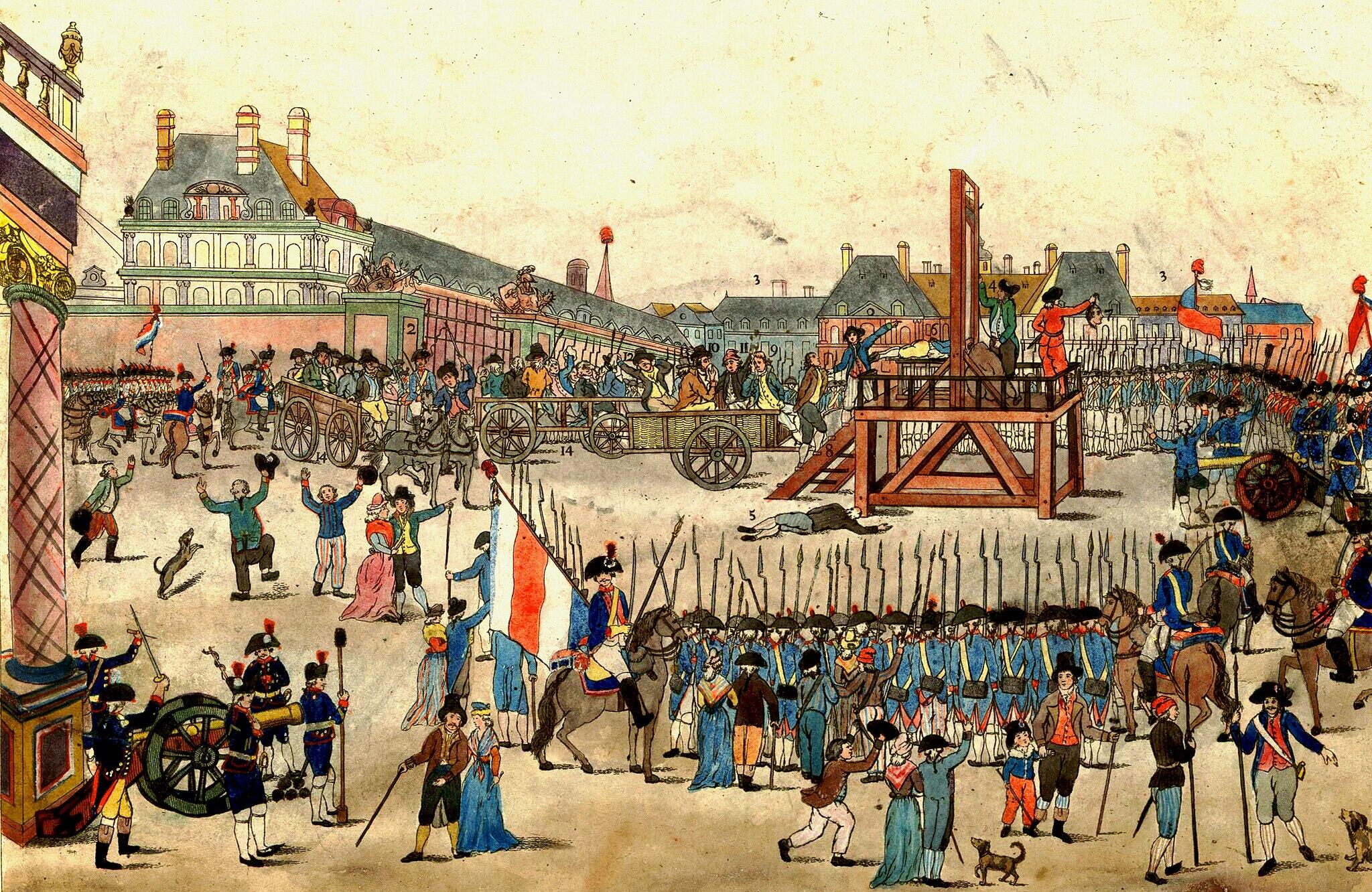The Reign of Terror, or simply Terror, was a period of state-sanctioned violence. It happened early in the French Revolution, which took place from 1789 to 1799. During the Terror, thousands of people were executed on the orders of Maximilien Robespierre, a leading statesman.

What Was the French Revolution Reign of Terror?
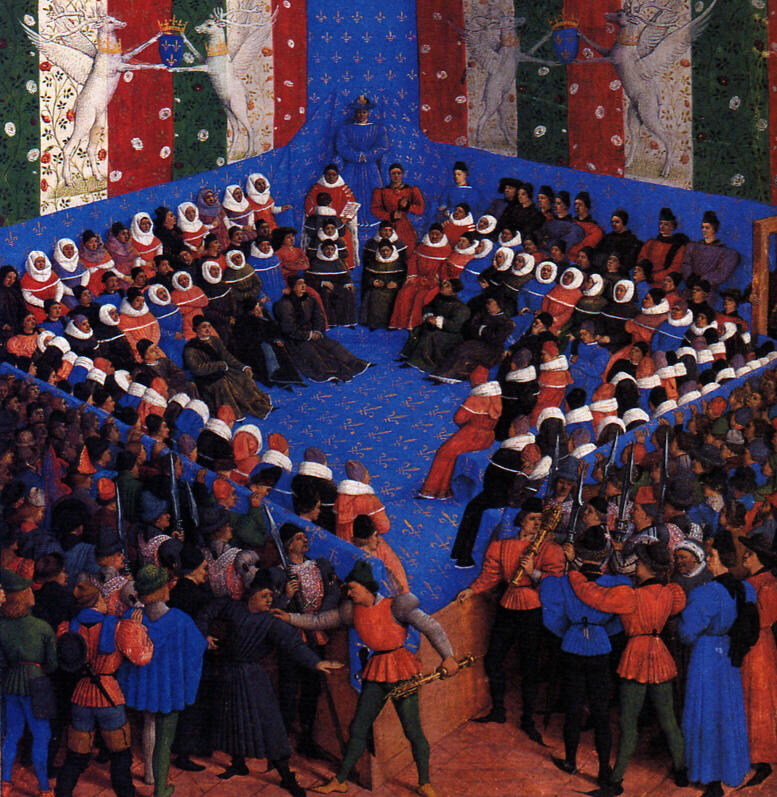
Before diving into our topic, we must accept that scholars dispute the exact dates that frame the Terror. Some contend it started in 1793, when the National Convention established the Revolutionary Tribunal.
Others mark the September Massacres (2-6 September, 1792) as the Reign's beginning, while others go back even further, to 1789. That's the year the first Revolutionary killing occurred.
Though the storming of the Bastille in 1789 was a pivotal event, we start our exposé with the king's execution, when the revolutionary governments took the reins.
The tide turning against Maximilien Robespierre.
By the time of Robespierre's death, some 16 594 death sentences had been handed down.
A further 10- to 12 000 people had been executed without trial, and a further (estimated) 10 000 died in prison. It appears that National Convention member Bertrand Barère expressed the sentiment of the day: "Let's make terror the order of the day!"
Setting the Stage for Terror
The monarchy struggled under King Louis XVI's weak leadership, and financial mismanagement. To restore the country's coffers, the king proposed taxing farmers, while leaving the Church and nobility class their tax-exempt status. The parliament and judicial bodies rejected this solution.
This led to a national political crisis. In September 1788, the Paris Parlement decided the Three Estates should cast their votes for its resolution.
Nobility, the clergy, and the 'commons' - the citizenry.
The vote was arranged so that the first two Estates could combine their votes. To counter them, a society of middle-class activists and liberal nobles joined forces, calling themselves the Society of Thirty. Out of that initiative, Maximilien Robespierre gained a foothold on the French political stage.
The Commons became the most powerful Estate, ultimately forcing the King's hand in matters of taxation and other reforms. Noting the monarchy's weakness, the opposition pressed on, ultimately disposing of the Ancien Régime.
With a powerless king and the fractured Assembly, the stage was set for whichever faction could grab and hold power. Much infighting - physical and political, ensued. In the end, the monarchy fell. All of these conditions gave fuel to the French Revolution.
Timeline of Terror
January 1793
King Louis XVI executed for treason
On the orders of the National Convention
March 1793
Armed revolt in the Vendée
Republic forces defeat the rebels; around 200 000 dead.
March 1793
French forces lose the Battle of Neerwinden
Austrian forces' victory cemented prejudice against Marie Antoinette.
April 1793
The Committee for Public Safety established
Ordered arrests of alleged Revolution opponents.
September 5, 1793
The Committee declares France "Revolutionary until peace"
State of emergency enforced, violence against citizens encouraged.
September 17, 1793
Law of Suspects enacted
To identify and punish enemies of Revolution.
June 10, 1794
Law of 22 Prairial enacted
The Committee denied the accused legal counsel and presentation of evidence as defence.
The Law of Prairial permitted Committee members to issue arbitrary judgments. They would either acquit, or condemn the accused, presumably on conjecture. The six weeks after this law was passed are called The Great Terror.
1 376 people sentenced to death.
Average 30 beheadings per day.
This pace continued until the Revolutionary Tribunal was dissolved, in 1795.
Important People During the French Revolution
However much one might dress up and populate this pivotal moment in French history, at its heart were two opposing forces. The Jacobins were radicals who wanted to abolish the monarchy. The Girondins pushed for a constitutional monarchy, and to rein in the radical Jacobins.
The factions differed in other ways, too:
Jacobins
- insisted on a republic
- had popular support, especially from the poor
- embraced direct democracy
- pushed for equality
- favoured decisive action
Girondins
- more politically moderate
- favoured gradual changes
- influenced by Enlightenment principles
- mostly lawyers and intellectuals
- favoured compromise
With these principle differences outlined, we meet the Terror's principal actors.
One of the top French Revolution movies tells of Danton's struggles, and his fate during the Reign of Terror.

National Assembly
This revolutionary assembly was a short-lived body (from 17 June 1789 to 9 July 1789). Initially, it comprised only commoners. Later, people from the First and Second Estates (nobility and clergy) joined them. With their addition, it became the National Constituent Assembly.
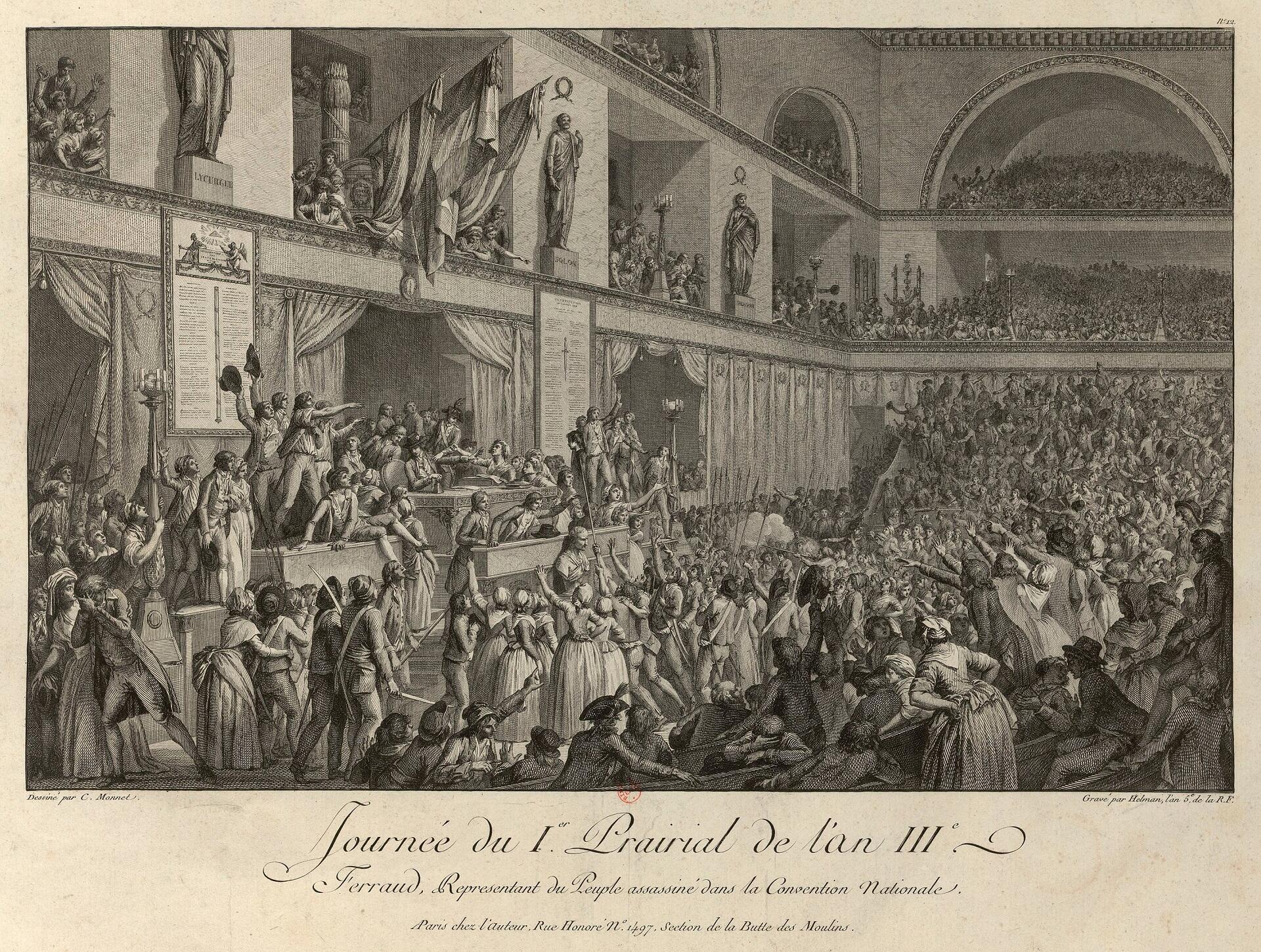
Their initial task was to get the kingdom's finances in order. However, they fell into squabbles that kept them from their work. Eventually, the king sunk their efforts. He dismissed Necker, his finance minister, closed all the Assembly halls, and relied once more on his advisers and privy council.
The king's efforts made the Assembly more determined. When the king and the Assembly finally met, on June 23, stony silence greeted the king. He dismissed the groups, but the commoners' deputies stayed behind. They gave the king what we call a reality check today.
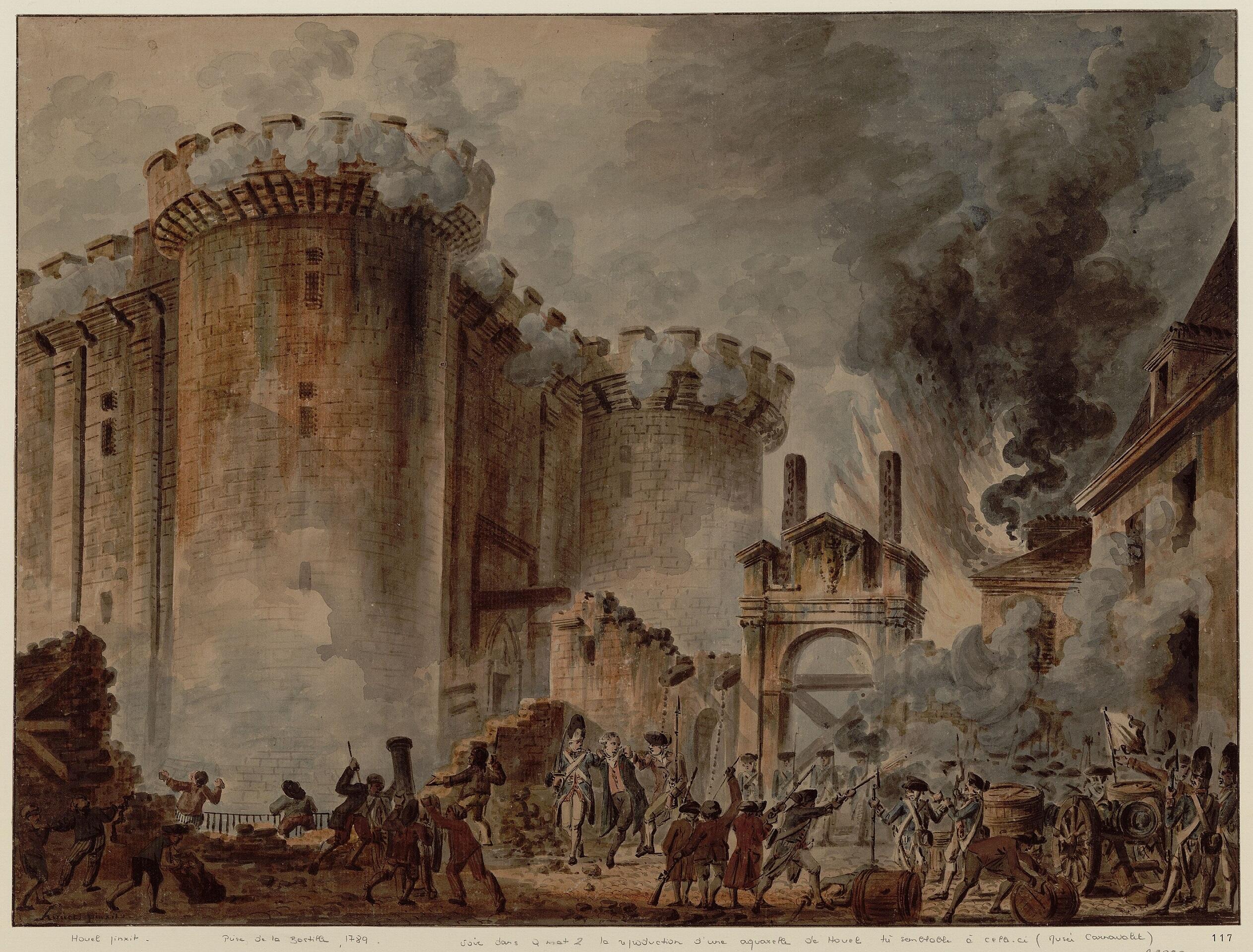
French Revolution Bastille Storming
This 1789 event is one of the high-points of French Revolution. It's the one most people think about when they look towards that turbulent time.
In 1781, Jacques Necker had the temerity to make public the kingdom's treasury secrets. He lost his post over that act but, for the first time, the people learned of their country's financial state. As finances spiralled out of control, the king re-appointed Necker to his post.
Necker's second stint lasted just under one year (~25 August 1788 - 11 July 1789). He was once again dismissed, this time, over the measures he took to avert an impending famine.
Block corn exports, inspect private granaries and redistribute, as necessary, and purchase millions of pounds of wheat.
Marie Antoinette took credit for forcing the king to remove him from his post, a claim that infuriated the citizenry. In fact, it was one reason for Convention's decision to execute Marie Antoinette, several years later.
Necker had been working to give the people more representation, and to limit the monarchy's powers. These were goals people worked towards at nearly all levels of power, and how the monarchy resisted.
Action
- The National Assembly declares all taxes illegal (June 17, 1789)
- The king advises Necker to flee (July 11)
- The Royal Guards fire on the enraged mob
Counteraction
- the king proposes dissolving the Assembly (June 23, 1789)
- Busts of Necker paraded to the Tuileries
- Citizens take up arms and storm the Bastille.
Citizens feared that Necker's dismissal, along with the firepower that met them at the Tuileries gates, signalled a counter-revolution. They attacked The Bastille because it was a symbol of ruling power.
Once again, the king gave in. On 17 July, he proclaimed that he would reinstate Necker. Despite a hasty truce between the monarchy and the people, the nobility feared for their lives. They began to flee the country, settling abroad as émigrés.
The storming of the Bastille was a pivotal French Revolution event, whose consequences are felt still today. But, this event happened rather early in the upheaval. The Revolution would continue for another 10 years.
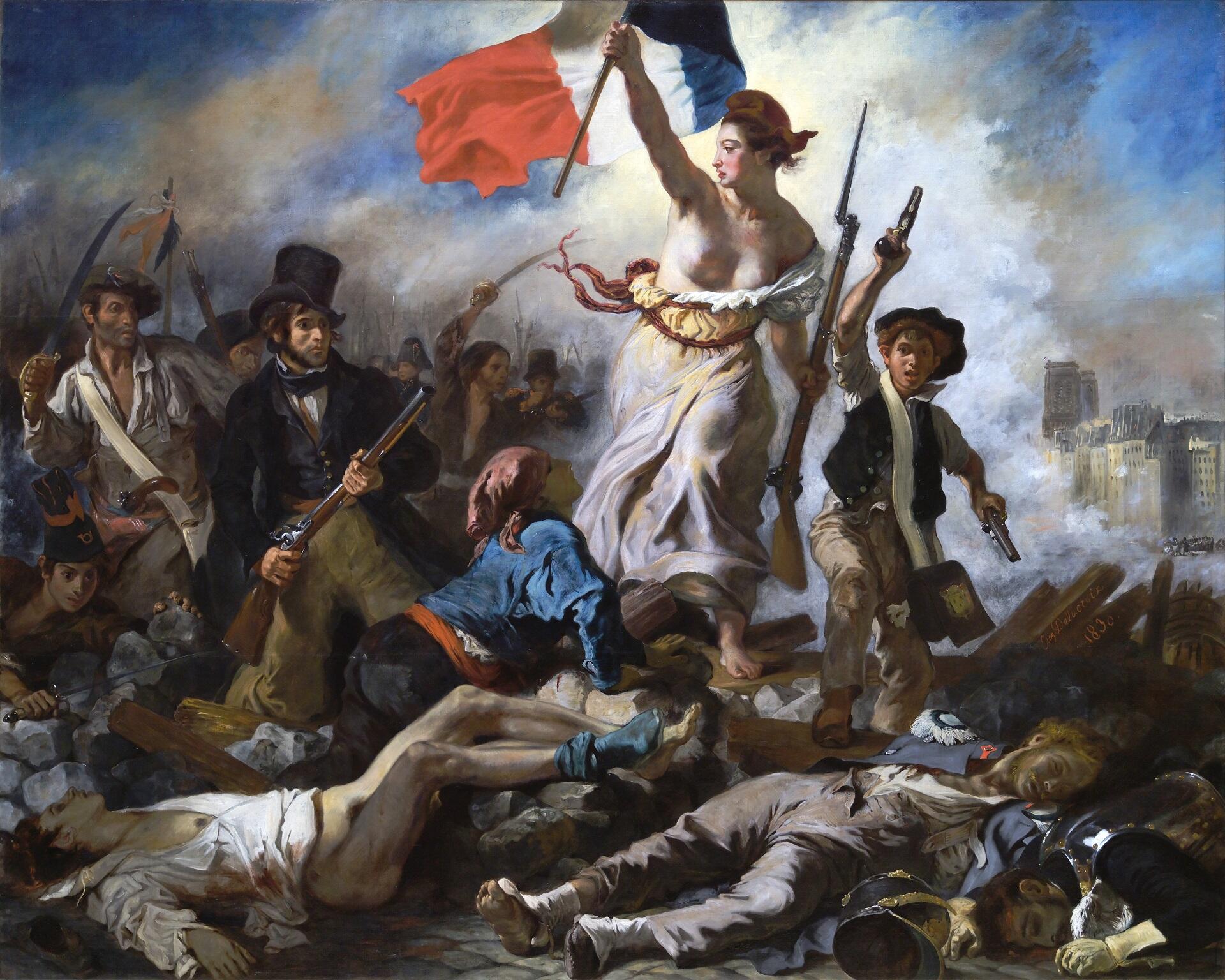
What Happened During the French Revolution?
Read our entire summary!
The French Revolution brought about the French Republic. Its birth was bloody, painful, and full of terror and uncertainty. Warring factions vied for power, sometimes uniting, and sometimes fracturing. But always maintaining the vision of a free, fraternal, and equal society.
In fact, the only point all parties agreed on was less - or no, monarchy. Limiting the king's powers, or doing away with royalty altogether, was at the top of every faction's agenda.
In the end, removing him, and his wife, from this world was the only way to manage that feat. Rivers of blood flowed, and thousands of heads rolled, in this pursuit. Idealists like Robespierre imposed their extreme rules, only to earn a date with the guillotine. And then, more fanatical idealists seized the reins.
By no means is The Reign of Terror all you need to know about the French Revolution. In fact, gruesome and tragic as it is, this period is a relatively small part of France's evolution into a republic.

